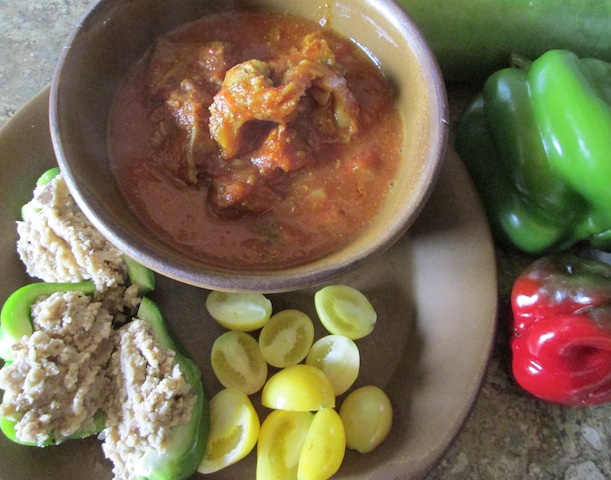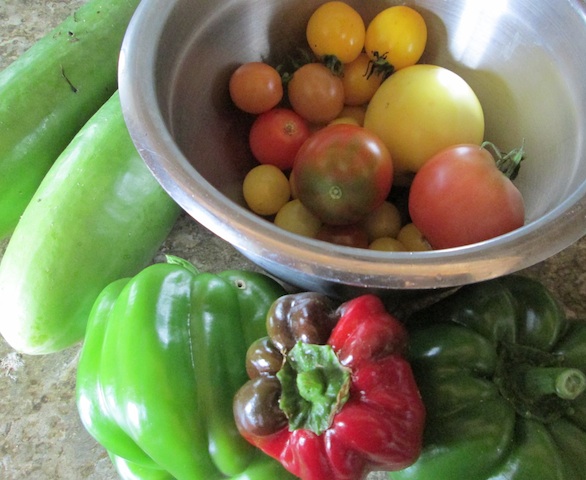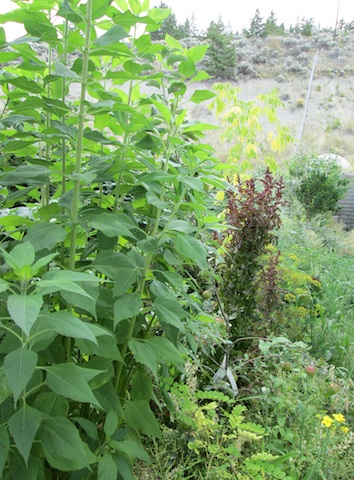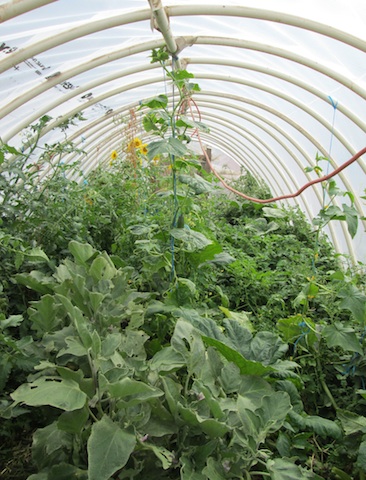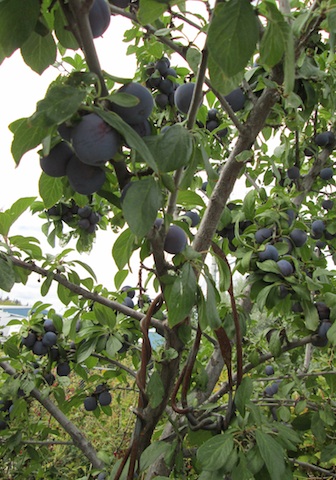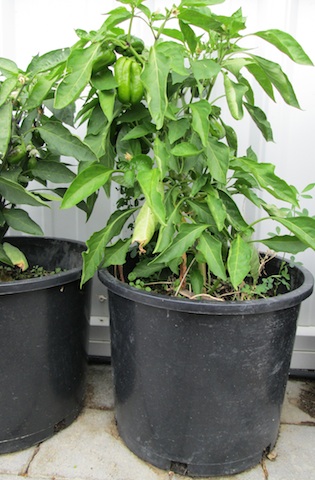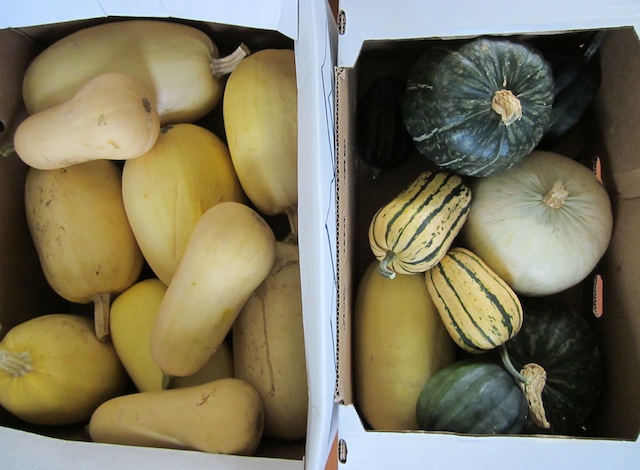
Here are some heirloom squash from Sun Rivers Organics. I will be saving seeds for next year's planting. Sun Rivers Organics grows many heirloom varieties good for seed saving.
Part of the harvest bounty is saving seeds for the next growing season. There are many reasons to save seeds. Heirloom seeds breed true and keep their traits through open pollination. A gardener can collect heirloom seeds and use them year after year. Heirloom seeds from the local area have the added benefit of being more adapted to the local climate, soil and resistant to regional pests. About 97% of Sun Rivers Organics plants are heirloom varieties so if you save seeds from their produce the seeds will breed true next growing season:
Sun Rivers Organics
Ed and Daniela Basile
3390 Shuswap Rd, Kamloops, BC, V2H 1T2
T: 250.573.2934
25km
certified organic STOPA farm no.165: organic heritage tomatoes, peppers, eggplant, potatoes, artichokes, beans, beets, carrots, garlic, lettuce, squash, zucchini, blackberries, raspberries, strawberries, melons, herbs
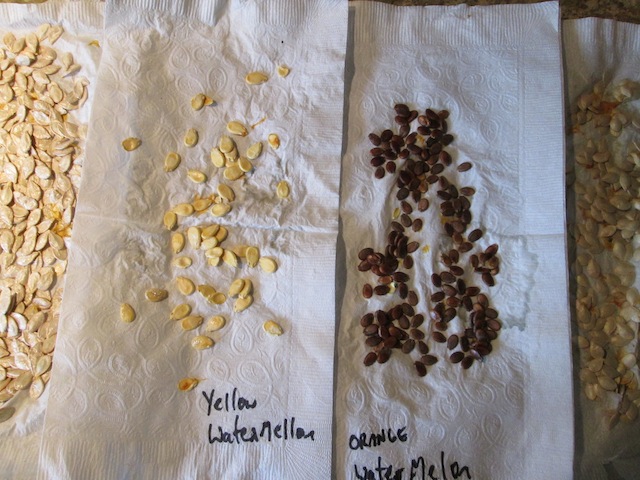
Here are some seeds saved from yellow watermelon, orange watermelon, sugar baby squash and sweet pie pumpkin. The great thing about heirloom seeds from the local area is that the plants are adapted to the local climate, soil and resistant to regional pests.
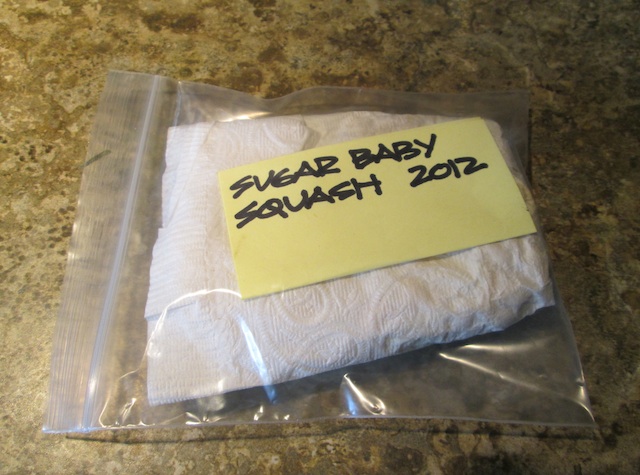
Remember to label your seeds with a "name", "year" and "place". I can't remember where this squash came from. I think these seeds came from Thistle Farms but I am not sure so I didn't label with a place. The napkin can be used to sprout the seeds in the spring, if desired.
If you would like to try seed saving, find out from your farmer which fruits are open pollinators or heirloom seeds. Hybrid fruit seeds are not worth saving because they will not breed true next growing season.
- Cut open the heirloom squash, pumpkin, watermelon, etc and scoop out the seeds. Enjoy eating the fruit of the plant.
- Remove all the fruit from the seeds and wash well. Carefully dry the seeds at a low temperature on a paper napkin. Label the napkin with the name of the seed. I usually dry my seeds on the top of my dehydrator where it is warm but out of direct sunlight.
- After the seeds have totally dried, roll up the paper napkin and place in a plastic or paper bag. Label the bag with the seed’s name, the year, and a place of origin.
- In the spring, the napkin can be dampened if you would like to sprout the seeds first before planting.
- Seed saving can be a way to increase the number of seeds you have. It is a common practice to get a small number of rare or unusual seeds and plant just to increase the number of seeds.
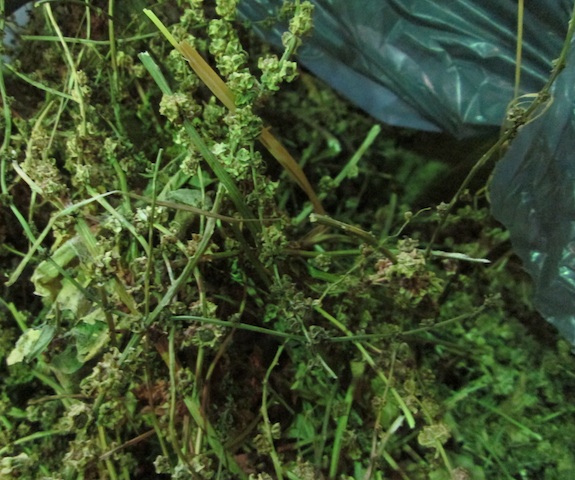
This is another use of seed saving. This is a garbage bag full of sugar beet seeds, which is a traditional winter fodder for animals.
Buying large qualities of seed can be very expensive, especially if the seed is rare or unusual. If you are needing a large number of seeds, growing a crop and saving the seeds may be cost effective. Shaen planted a small number of sugar beet seeds for harvesting a large quality of seed. Sugar beets are biannual plants and it takes two years to grow seed. He now has a large amount of sugar beet seeds for planting next year. The beets will be used as fodder for the animals. Here are some examples of fodder crops.
If you are trying to save heirloom seeds for next year, here is Fiona Hamersley of Metchosin Farm explaining why you want to save heirloom seeds and the process for removing the gelatinous coating on tomato seeds.

